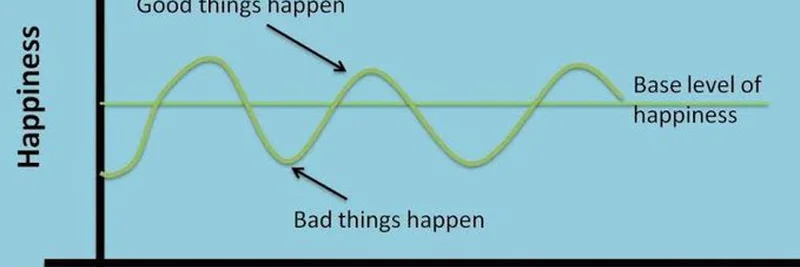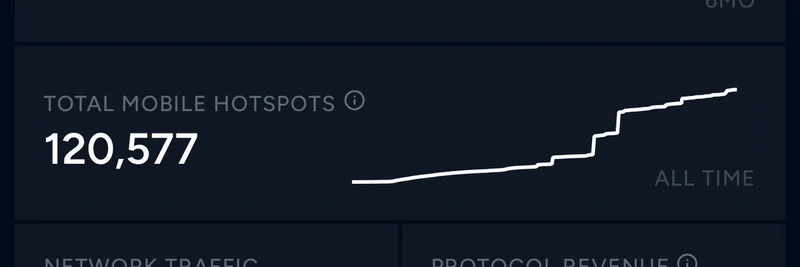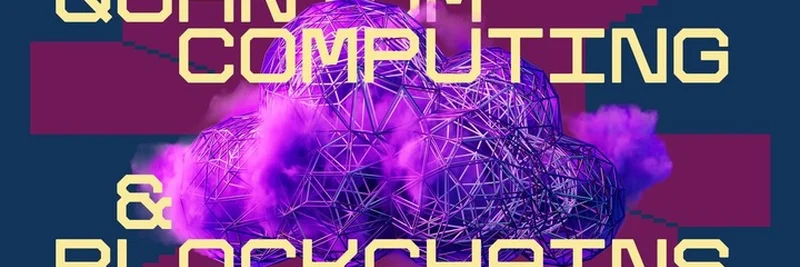Have you ever wondered why that rush of excitement from your first crypto bull run seems to fade with each new all-time high (ATH)? A recent tweet by hitesh.eth (@hmalviya9) on July 14, 2025, dives into this phenomenon, pairing a thought-provoking happiness graph with a candid take on the crypto market. As a former CoinDesk editor-in-chief now at Meme Insider, I’m excited to break this down for you in a way that’s easy to grasp, especially for blockchain enthusiasts and meme token fans.
The Happiness Baseline in Crypto
The image shared by hitesh.eth illustrates the "happiness baseline theory"—a concept suggesting that our emotional state tends to return to a natural set point, no matter the highs or lows we experience. In the graph, happiness fluctuates with "good things happen" (like Bitcoin hitting a new ATH) and "bad things happen" (market dips), but it always settles back to that green "base level of happiness" line over time. For crypto traders who’ve been through multiple bull cycles, this resonates deeply.
Hitesh’s tweet adds a personal twist: after three bull cycles, the thrill of a new ATH doesn’t hit the same. “You can always pretend that you are really happy with Bitcoin breaking new ATH every day to show some support, but in reality, you stop having those peaks of joy you used to get in your first cycle.” It’s a relatable sentiment echoed by others in the thread, like Emma.Campbell (@tainaka1973), who notes, “The first bull run felt incredible, now it's more like a subtle nod.”
Why Does This Happen?
This fading excitement ties into human psychology and market experience. When you’re new to crypto, every price surge feels like a rollercoaster ride—pure adrenaline. But as you weather multiple cycles, you start to see patterns. The volatility becomes less shocking, and your emotional response levels out. It’s not that you’re unhappy; it’s just that the "wow" factor diminishes. Think of it like eating your favorite dessert—amazing the first time, but after a few servings, it’s just another sweet treat.
For meme token enthusiasts, this could explain why early pumps in coins like Dogecoin or Shiba Inu felt life-changing, while later rallies spark more of a shrug. The baseline happiness theory suggests that even massive gains won’t keep you riding high forever—your mind adapts.
What the Community Says
The thread sparked some interesting reactions. Praise_02 (@Praise_Prodigyy) chimed in with, “The feeling does not hit like it used to,” capturing that nostalgic vibe. Meanwhile, a newbie hitesh.eth replied to, “it is my first cycle hah,” hinting at the fresh excitement still alive for newcomers. Veterans like Arlen (@arlenxbt) simply advised, “Enjoy,” recognizing the fleeting nature of those early highs.
Implications for Crypto Traders
So, what does this mean for you as a blockchain practitioner or meme token investor? Understanding your happiness baseline can help you manage expectations. Instead of chasing the same euphoria, focus on long-term strategies—diversifying your portfolio or exploring undervalued meme coins with strong communities. It’s also a reminder to balance trading with other joys in life, so you don’t rely solely on market moves for happiness.
Final Thoughts
Hitesh.eth’s tweet and the accompanying graph offer a clever lens to view our emotional journey in crypto. Whether you’re a seasoned trader or just jumping into the meme token craze, recognizing this baseline can keep you grounded. As the crypto market evolves, staying informed with resources like Meme Insider can help you navigate these cycles with a clear head. What’s your take—do you still feel those early crypto highs, or have you settled into your baseline too?



